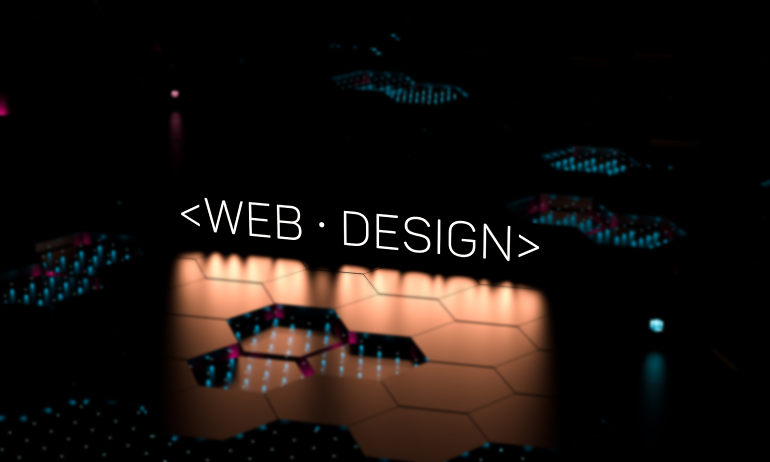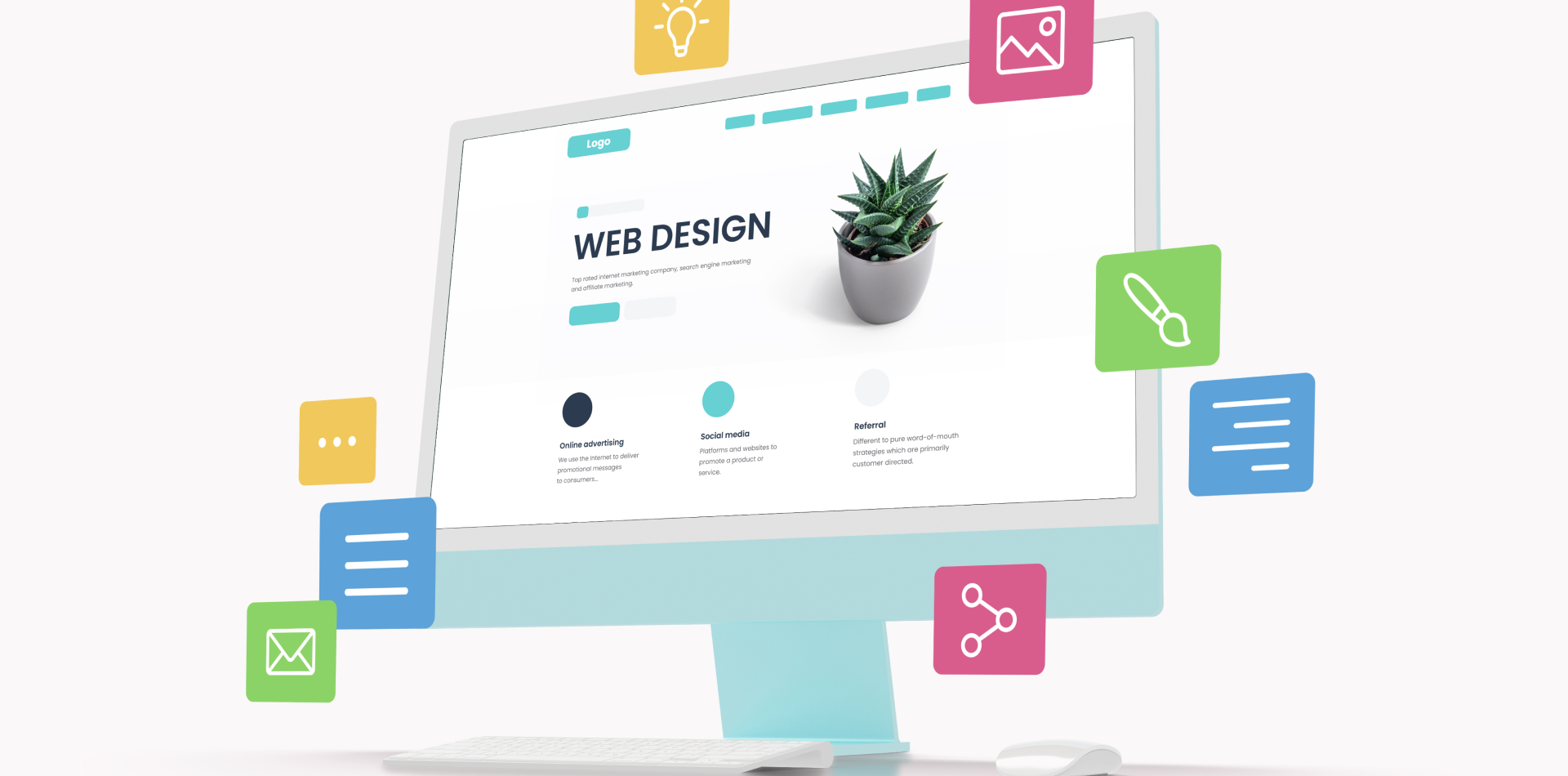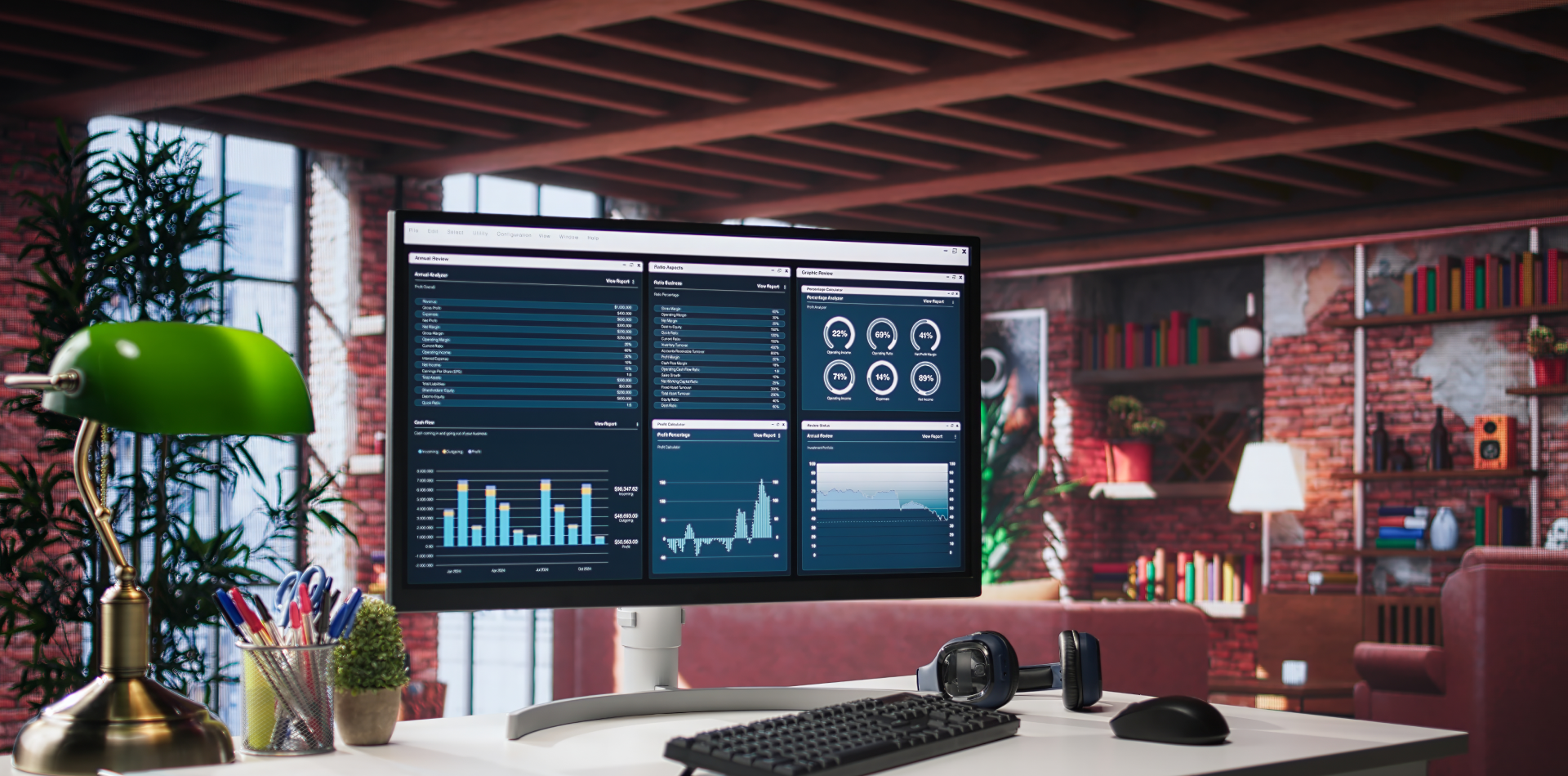Creativity Doesn’t Need an Office
Remote design teams aren’t just a post-pandemic trend—they’re the future of creative collaboration.
With the right systems, tools, and leadership mindset, remote design teams can be just as productive, creative, and aligned as in-house teams—if not more.
But virtual work has its own challenges: misalignment, communication gaps, tool overload, and loss of creative energy. The solution? Intentionally designed workflows and human-first leadership.
Let’s explore the best practices to keep your remote design team focused, inspired, and thriving—across time zones.

💡 Why Remote Design Needs a Different Approach
Remote creative work requires:
🔹 Clear communication structures
🔹 Asynchronous collaboration tools
🔹 Trust-driven leadership, not micromanagement
🔹 Intentional space for critique, feedback, and inspiration
It’s not about replicating the office—it’s about building a better alternative.
📐 1. Align Around Clear Processes and Goals
Creativity thrives on constraints and structure—even remotely.
🔸 Define design stages (briefing, wireframing, feedback, delivery)
🔸 Use shared templates and naming conventions
🔸 Set timelines with milestones—not just final deadlines
🔸 Assign roles clearly (designer, reviewer, client handler, dev handoff)
Without structure, remote teams drift. With it, they scale fast and smooth.
💬 2. Build a Strong Communication Culture
Miscommunication is the #1 killer of remote creativity.
🔹 Use async tools like Slack, Notion, or Loom for daily updates
🔹 Schedule regular video calls to align and unblock
🔹 Avoid endless DMs—batch feedback into clear sessions
🔹 Encourage over-communication (details matter more when remote)
When in doubt, say more than you think you need to.
🛠 3. Choose the Right Tools—and Stick to Them
Too many tools = chaos. Too few = confusion.
🔸 Use Figma or Adobe XD for live collaboration and version control
🔸 Keep projects in Notion, Trello, or Asana for visibility
🔸 Use Loom or FigJam to explain and brainstorm visually
🔸 Avoid switching tools mid-project unless absolutely necessary
Consistency is how you keep the team in sync.
🧠 4. Make Time for Feedback and Creative Flow
Feedback is not just a step—it’s a design multiplier.
🔹 Schedule dedicated critique sessions via Zoom or Slack threads
🔹 Use Figma comments to keep feedback contextual
🔹 Create space for idea exploration before refinement
🔹 Balance fast iteration with room for creative thinking
Without feedback, designers drift. With it, they grow and align.
🌱 5. Build Team Culture Beyond Deadlines
A thriving remote team needs more than productivity—it needs belonging.
🔸 Host virtual hangouts or coffee chats monthly
🔸 Celebrate wins—big or small—with shoutouts or design showcases
🔸 Encourage cross-time-zone buddy systems
🔸 Create shared rituals (weekly design jam, emoji Friday, etc.)
Culture doesn’t need an office—it needs intention.
✨ Real-World Example: A Remote Team That Works
A SaaS company moved its design team fully remote—and saw better results.
✅ Weekly async updates via Notion
✅ Daily standups in Slack with team reactions
✅ Biweekly “Design Labs” for shared learning
✅ Reduced meetings in favor of structured docs and Looms
📈 Result: Shorter feedback loops, more autonomy, and a 2x faster design-to-dev handoff process.
Remote didn’t slow them down—it made them sharper.
⚠️ Remote Management Mistakes to Avoid
Avoid these common traps when leading virtual design teams:
❌ Micromanaging or hovering over progress
❌ Overloading with meetings instead of structured async work
❌ Ignoring time zone balance and schedule fairness
❌ Letting feedback become fragmented or unclear
❌ Prioritizing speed over creativity and mental space
Remote leadership is about empowering, not controlling.
🧾 Final Takeaway: Design with Distance, Lead with Clarity
Managing a remote design team is not about moving the office to Zoom—it’s about rethinking how collaboration happens, feedback flows, and creativity is sparked.
With structure, trust, and smart tools, your team can thrive from anywhere in the world.
Because great design isn’t about where you work—it’s about how you work together.
💬 What’s Your Best Tip for Managing a Remote Creative Team?
Have a ritual, tool, or process that’s helped your remote team succeed? Drop your tips or favorite workflows in the comments 👇




5 Comments
Erica Nolan
22 May 2025Loved the line: “Culture doesn’t need an office—it needs intention.” We started monthly virtual design jams and the creative energy doubled. What’s your favorite non-work activity for bonding remote teams?
Matt Raines
22 May 2025This nailed it—remote work needs more structure, not less. We use Notion and Loom for clarity too. How do you keep critique sessions productive without draining the vibe?
Tasha Kumar
22 May 2025We made the mistake of using 5 tools for the same task—never again 😅 Streamlining helped so much. Do you think every remote design team needs a dedicated design ops lead?
Carlos Vega
22 May 2025“Over-communication is clarity”—so true. I’ve found async feedback with clear tags helps. Curious: how do you balance async work with the need for live brainstorming?
Jenny Huang
22 May 2025This post speaks directly to our team setup. Weekly rituals like “Design Friday” gave us purpose beyond tasks. Any ideas for making these rituals inclusive across time zones?